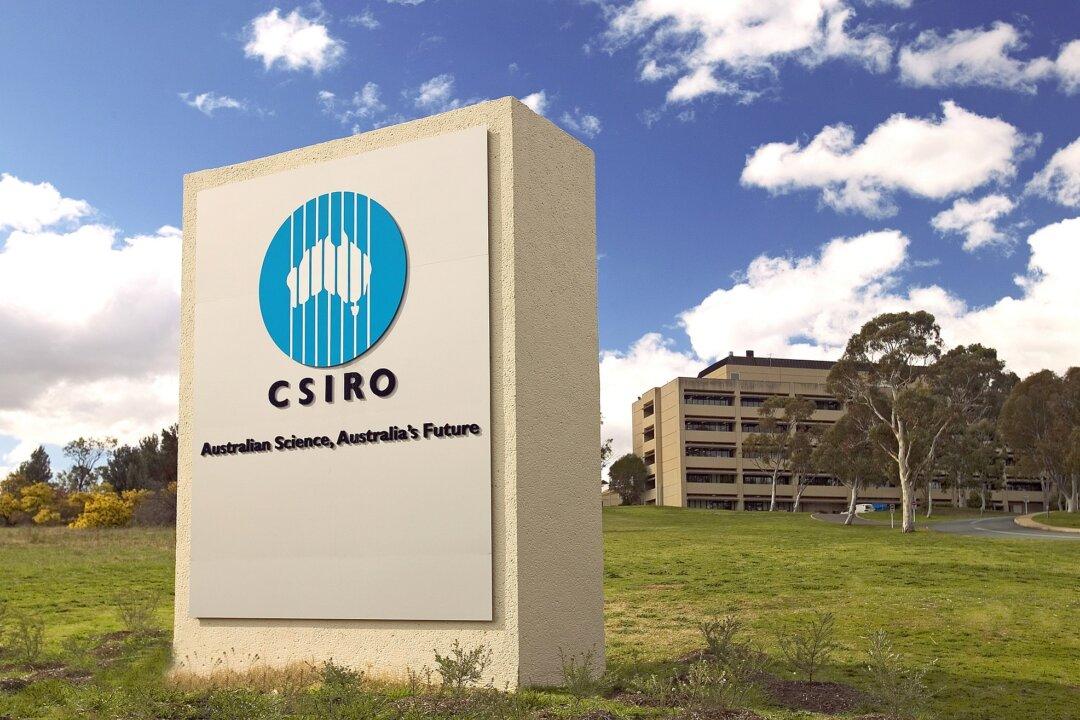Prime Minister Scott Morrison has appointed physicist Dr. Cathy Foley as Australia’s next chief scientist.
Foley will begin her three-year term in January, taking over from Alan Finkel when his five-year tenure ends in December.


Prime Minister Scott Morrison has appointed physicist Dr. Cathy Foley as Australia’s next chief scientist.
Foley will begin her three-year term in January, taking over from Alan Finkel when his five-year tenure ends in December.